Grand Canyon Photography. Best Spots to Photograph the Grand Canyon
The Grand Canyon, one of the world’s most stunning natural wonders, offers endless opportunities for breathtaking photography. The good news? There are no bad spots. No matter where you stand, this majestic landscape will impress. From sunrise to sunset, each view gives you a unique perspective of this geological marvel.
But if you want to make the most of your visit, here are some top spots to photograph the Grand Canyon.
1. Mather Point (South Rim)
Mather Point offers one of the most iconic views of the Grand Canyon. Located near the South Rim entrance, it’s a popular spot for first-time visitors. The panoramic vistas here are perfect for capturing both the canyon and the Colorado River.
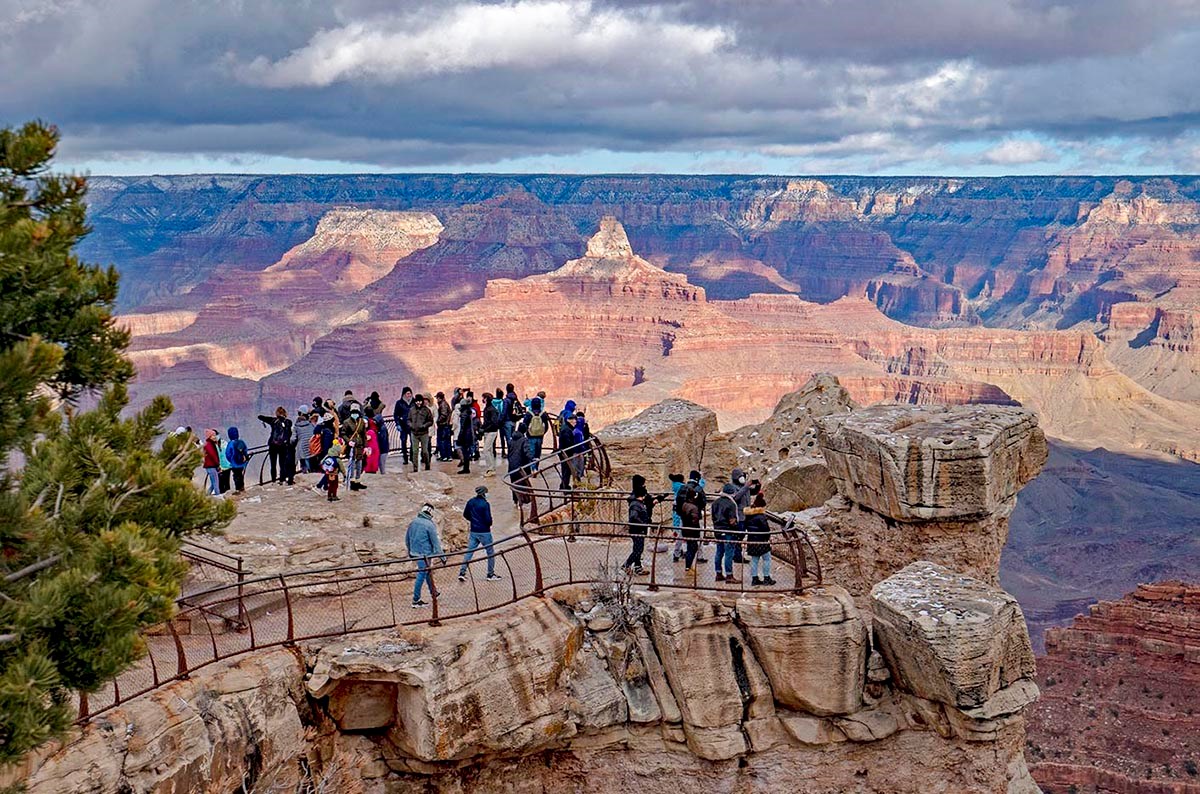
Tip: Arrive early for sunrise. The light casts an incredible glow on the canyon walls.
2. Yavapai Point
Close to Mather Point, Yavapai Point provides a wide-angle view, making it a great spot for landscape shots. You can also get clear views of the Bright Angel Trail, one of the most famous hiking paths in the Grand Canyon.
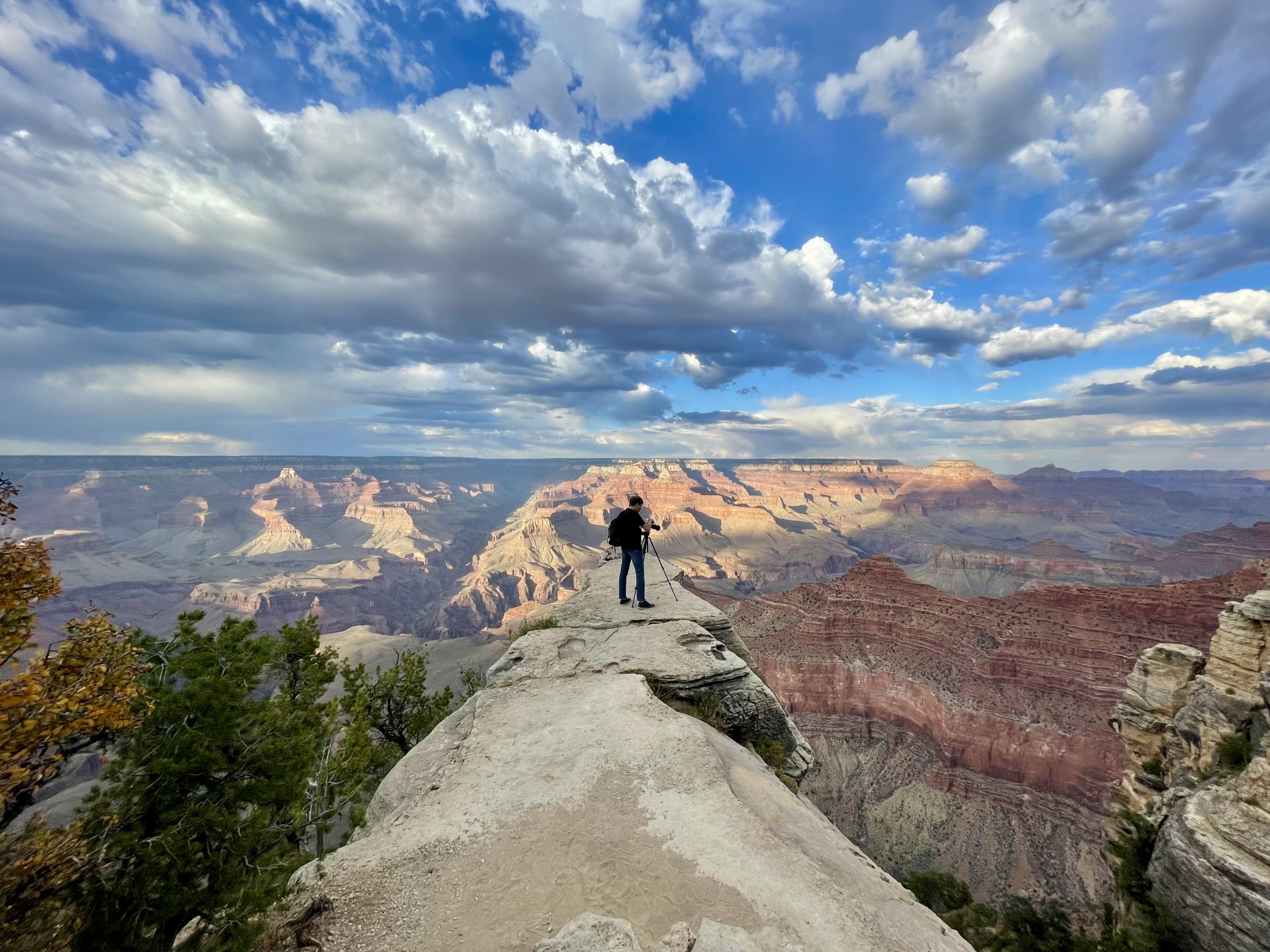
Tip: Sunset here is magical. The shadows dee
pen the contrast in the rock layers.
3. Desert View Watchtower
Located at the eastern end of the South Rim, Desert View offers unique views of both the canyon and the Watchtower itself. This spot provides a more elevated perspective, giving your photos extra depth.
Tip: Shoot at midday to capture clear skies and full sunlight on the canyon floor.
4. Hopi Point
Hopi Point is renowned for its sweeping views of the canyon. Because of its position, it’s one of the best spots for sunset photography. The wide angle allows you to capture the changing hues of the canyon as the sun sets.
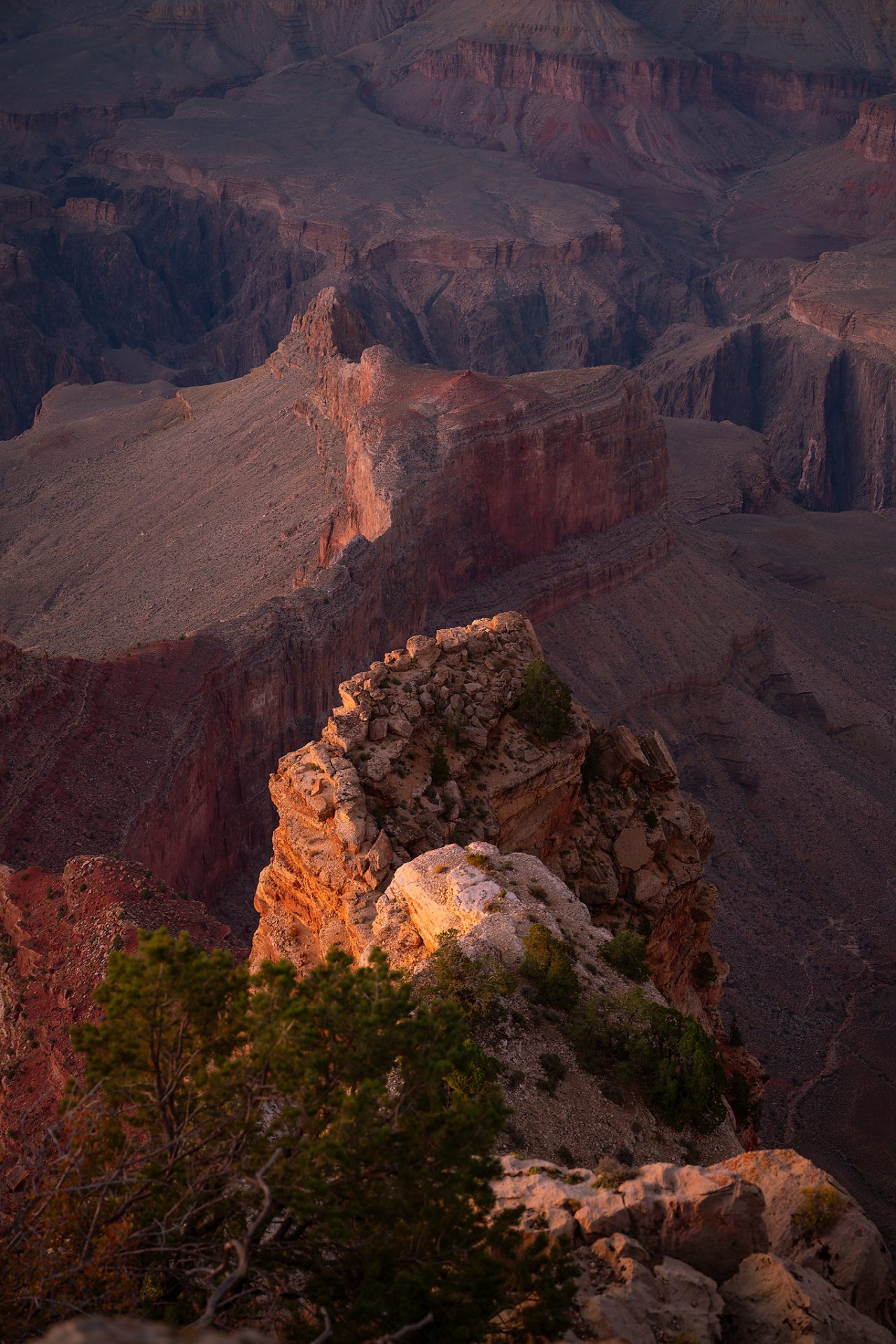
Tip: Bring a tripod to stabilize your camera during low light.
5. Ooh Aah Point (South Kaibab Trail)
For adventurous photographers, Ooh Aah Point on the South Kaibab Trail offers a more intimate view. You’ll be closer to the canyon floor and away from crowds. The short hike is worth the effort for a unique, jaw-dropping perspective.
Tip: Late afternoon is the best time to shoot here, when the light softens and creates natural highlights.
6. North Rim (Cape Royal)
Fewer visitors make it to the North Rim, but those who do are rewarded with incredible views. Cape Royal provides a vast panoramic shot, and the quiet atmosphere makes for a peaceful shooting experience.
Tip: Aim for the golden hour. The soft lighting brings out rich tones in the rock formations.
7. Toroweap Overlook
For those seeking a remote, less-touristed spot, Toroweap Overlook is the place. It offers dramatic, sheer drops to the canyon floor, and the Colorado River winds far below. The rough terrain adds a rugged touch to your photographs.
Tip: Sunrise is spectacular here. The early morning light creates soft shadows and rich colors.
Timing Your Visit
While the Grand Canyon is beautiful year-round, certain times offer better conditions for photography:
– Winter: Crisp, clear skies and fewer crowds. Snow may dust the canyon edges, adding a magical touch.
– Spring and Fall: Ideal for catching softer light during the day and cooler temperatures for longer hikes.
– Summer: While more crowded, the long daylight hours give you more time to explore different angles.
Closest Towns to Grand Canyon
The Grand Canyon is easily accessible from several nearby towns, making it convenient to plan your visit.
- Tusayan: Just 7 miles from the South Rim, Tusayan is the closest town to the Grand Canyon. It’s a popular base for visitors with plenty of lodging options and restaurants. From here, you can quickly drive to the park or take the shuttle bus.
- Williams: Located about 60 miles south of the South Rim, Williams is known as the “Gateway to the Grand Canyon.” The historic Route 66 runs through the town, and the Grand Canyon Railway offers a scenic ride right into the park.
- Flagstaff: About 80 miles from the South Rim, Flagstaff is a larger city with more lodging, dining, and transportation options. It’s also a great base for exploring other attractions in Northern Arizona, like Sedona or Monument Valley.
- Page: For those visiting the North Rim, Page is the closest town, about 120 miles away. It’s also home to other iconic spots like Antelope Canyon and Horseshoe Bend.
Lodging and Transportation to Grand Canyon
Finding lodging at or near the Grand Canyon is easy, but booking in advance is key, especially during peak season. Photographers would appreciate the closer lodging locations. It will save time in the morning to get to your desired view point.
- In the Park: The South Rim has several lodges, including the historic El Tovar and Bright Angel Lodge. Staying within the park means you’ll have easy access to the canyon and can catch sunrise or sunset without the hassle of commuting.
- Tusayan: Tusayan offers numerous hotels and motels just outside the park entrance. It’s a convenient place to stay if you want to be close to the South Rim but prefer more modern amenities.
- Flagstaff and Williams: If you don’t mind a longer drive, Flagstaff and Williams have a wide range of accommodation options, from budget motels to upscale hotels.
Getting Around for Grand Canyon Photography spots:
Most visitors arrive by car, but shuttle services run throughout the park, especially along the South Rim. During peak seasons, park your car and use the free shuttle buses to reach various points along the rim. This not only eases congestion but ensures you won’t miss the best viewing spots due to lack of parking.
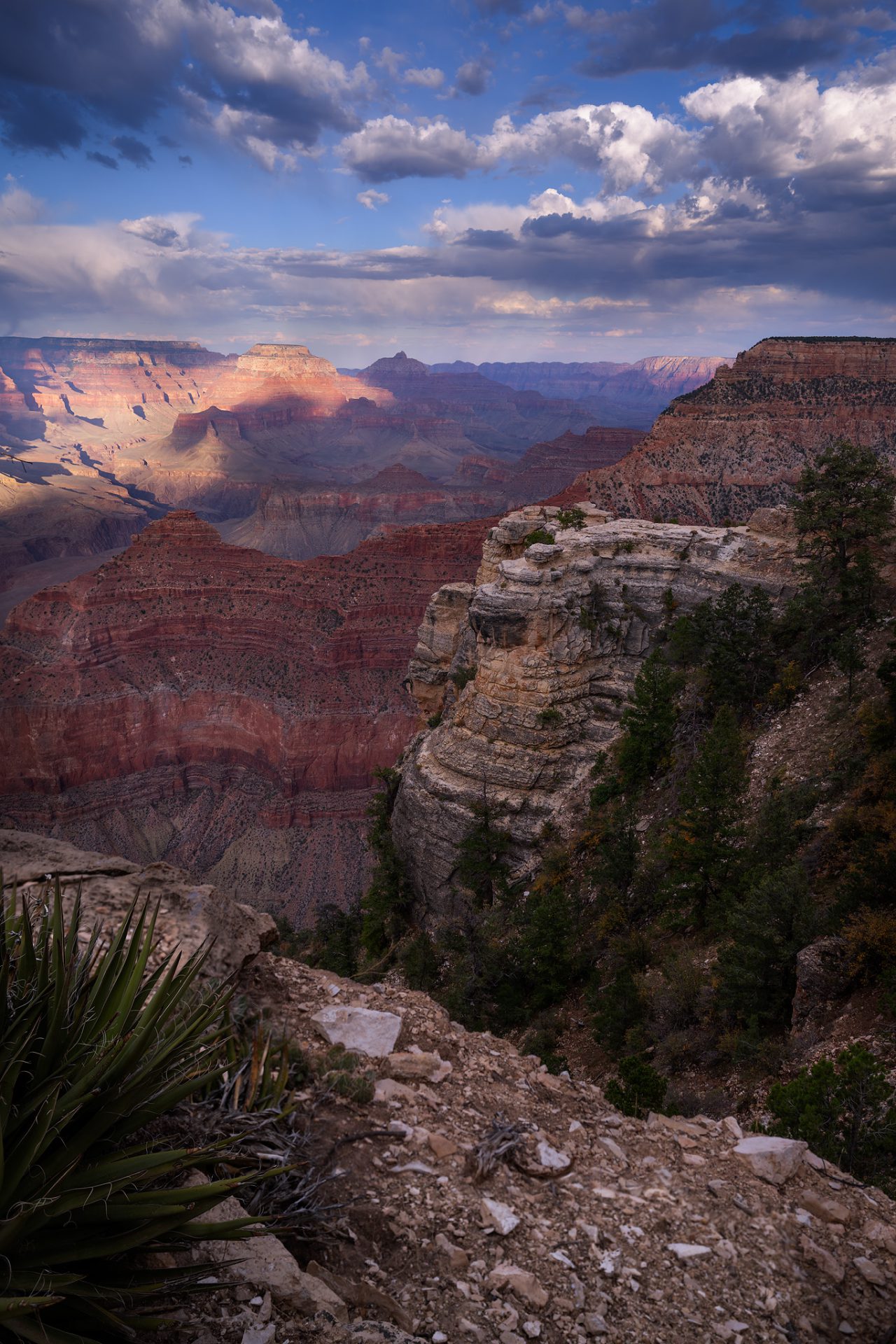
For those staying further away, consider booking a Grand Canyon tour that includes transportation from towns like Flagstaff or Sedona. The Grand Canyon Railway from Williams offers a unique and scenic way to arrive at the canyon.
Photography Tips
– Generally a wide-angle lens for expansive landscape shots is what you need. But you can get a whole new dimension of opportunities photographing natural monuments using a telephoto lens.
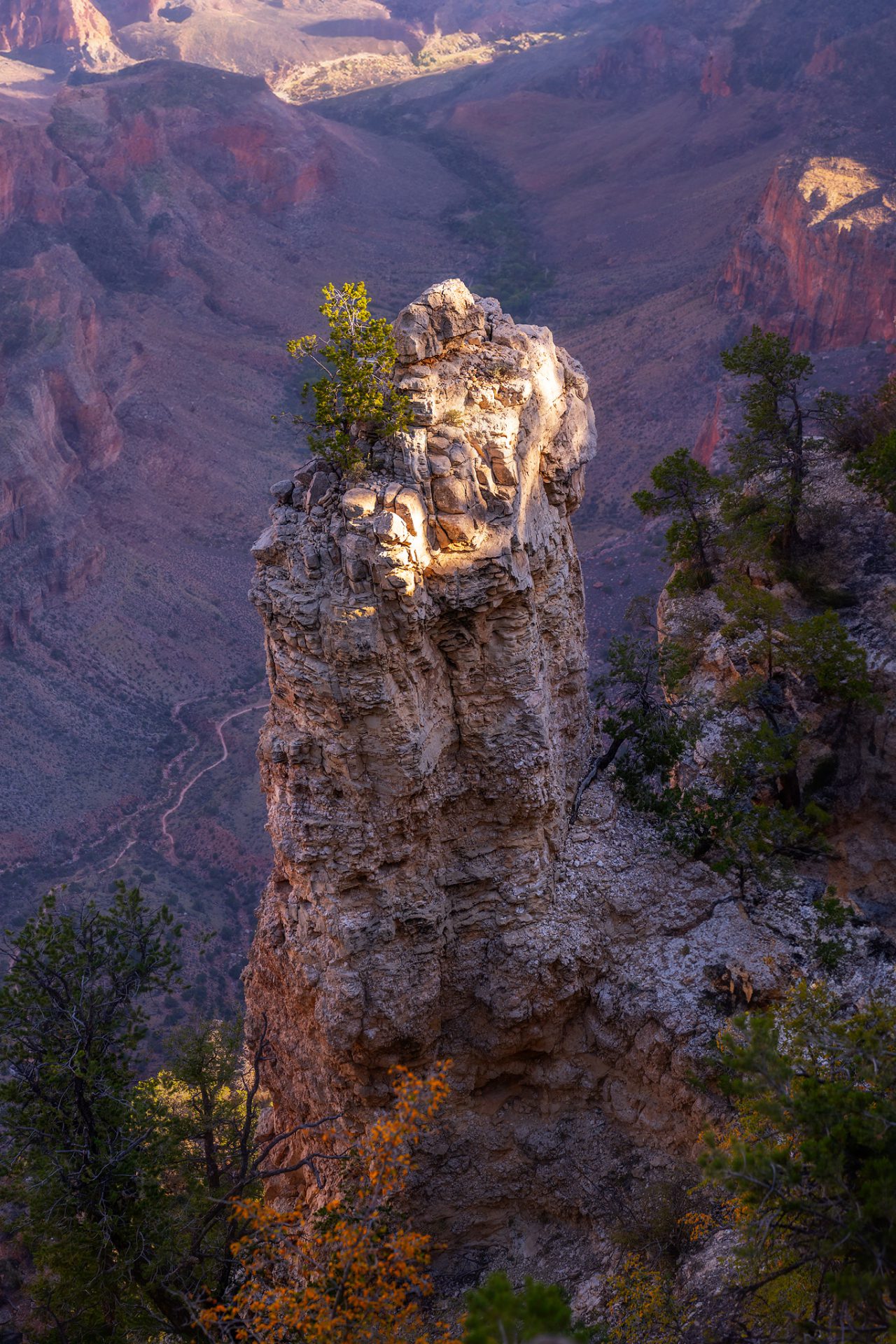
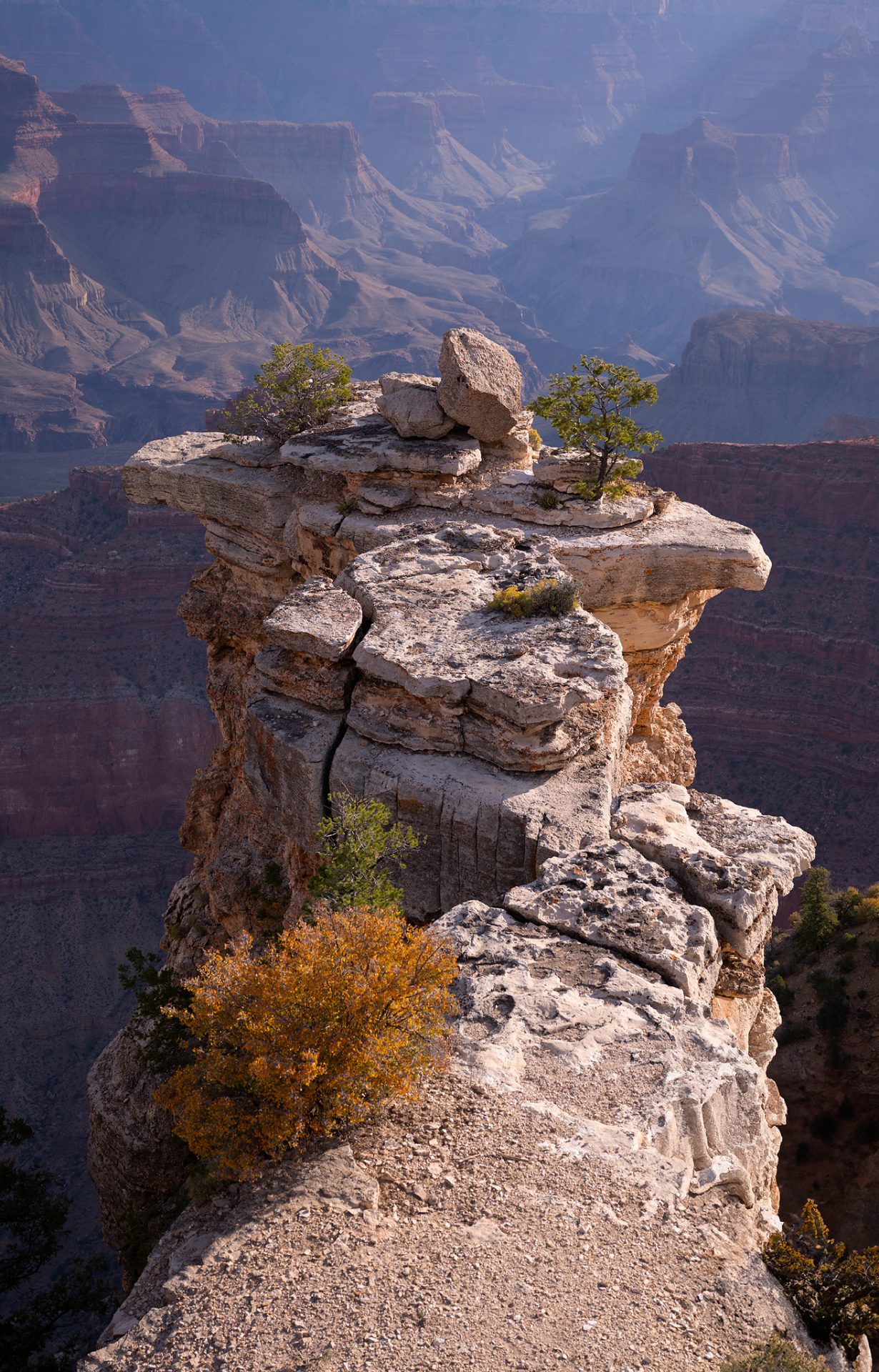
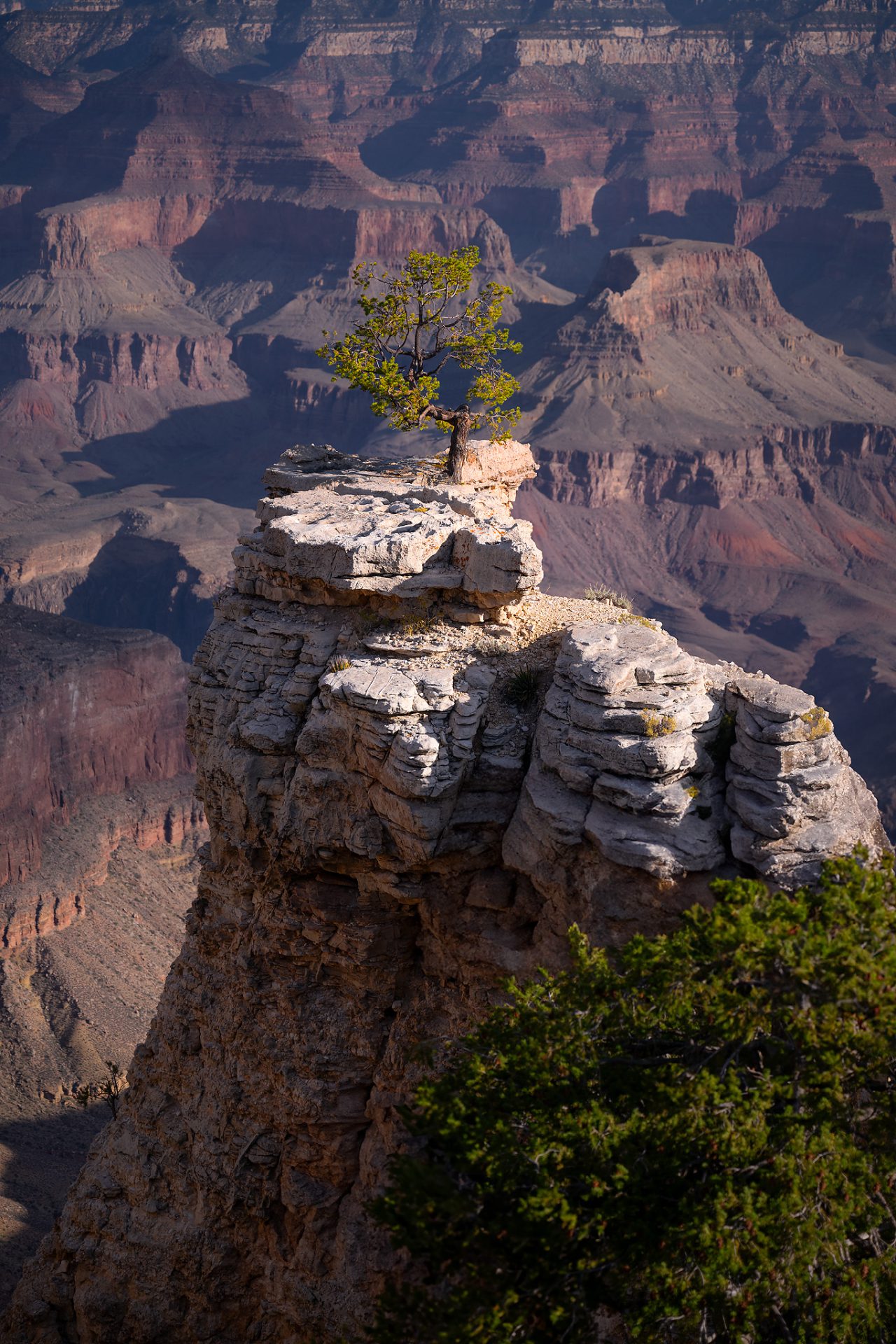
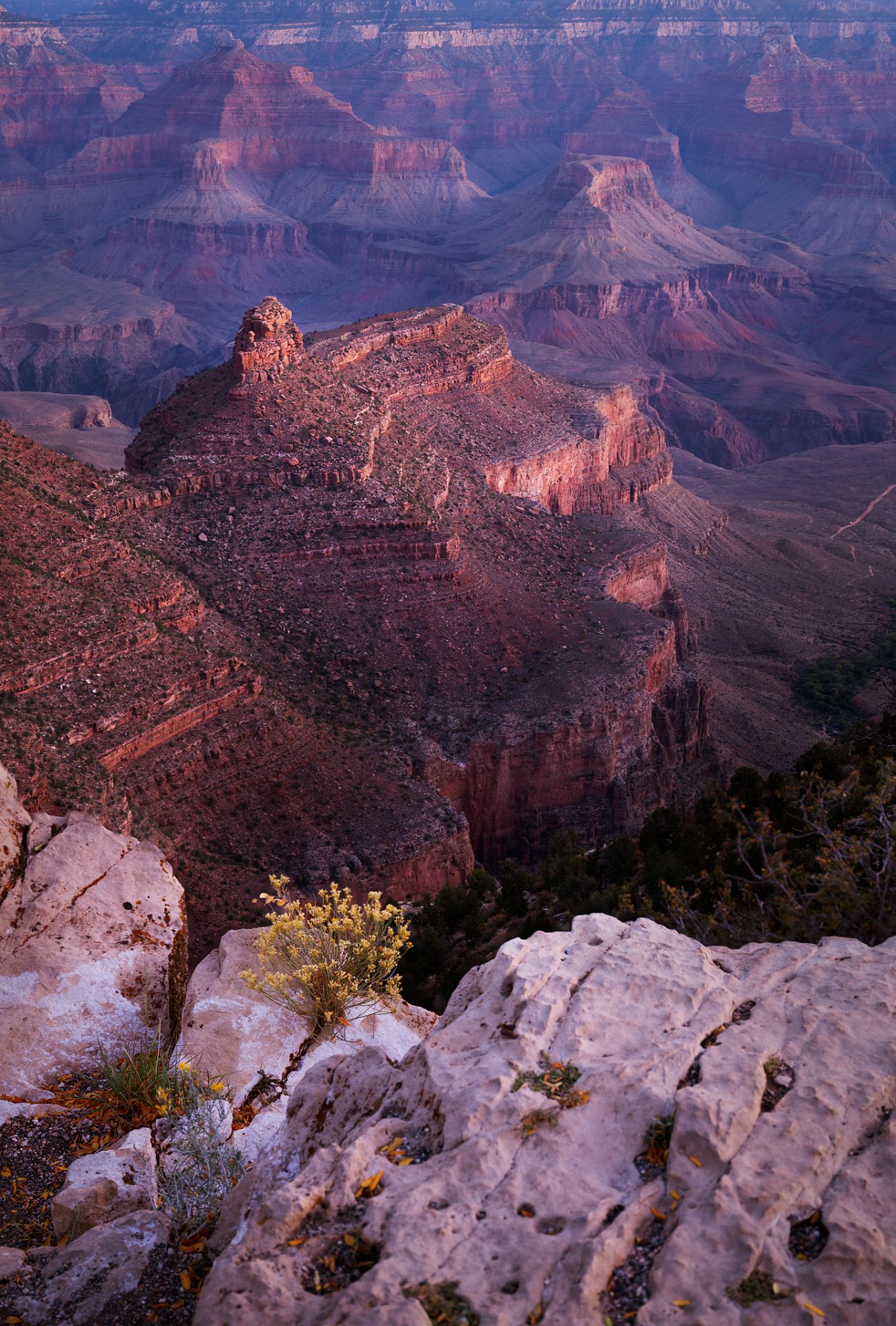
– Bring a polarizing filter to reduce glare and enhance colors.
– Avoid midday glare by shooting in the early morning or late afternoon.
– Vary your composition by including foreground elements like trees, rocks, or people to add depth.
– Respect the environment. Stay on designated trails and lookout points.
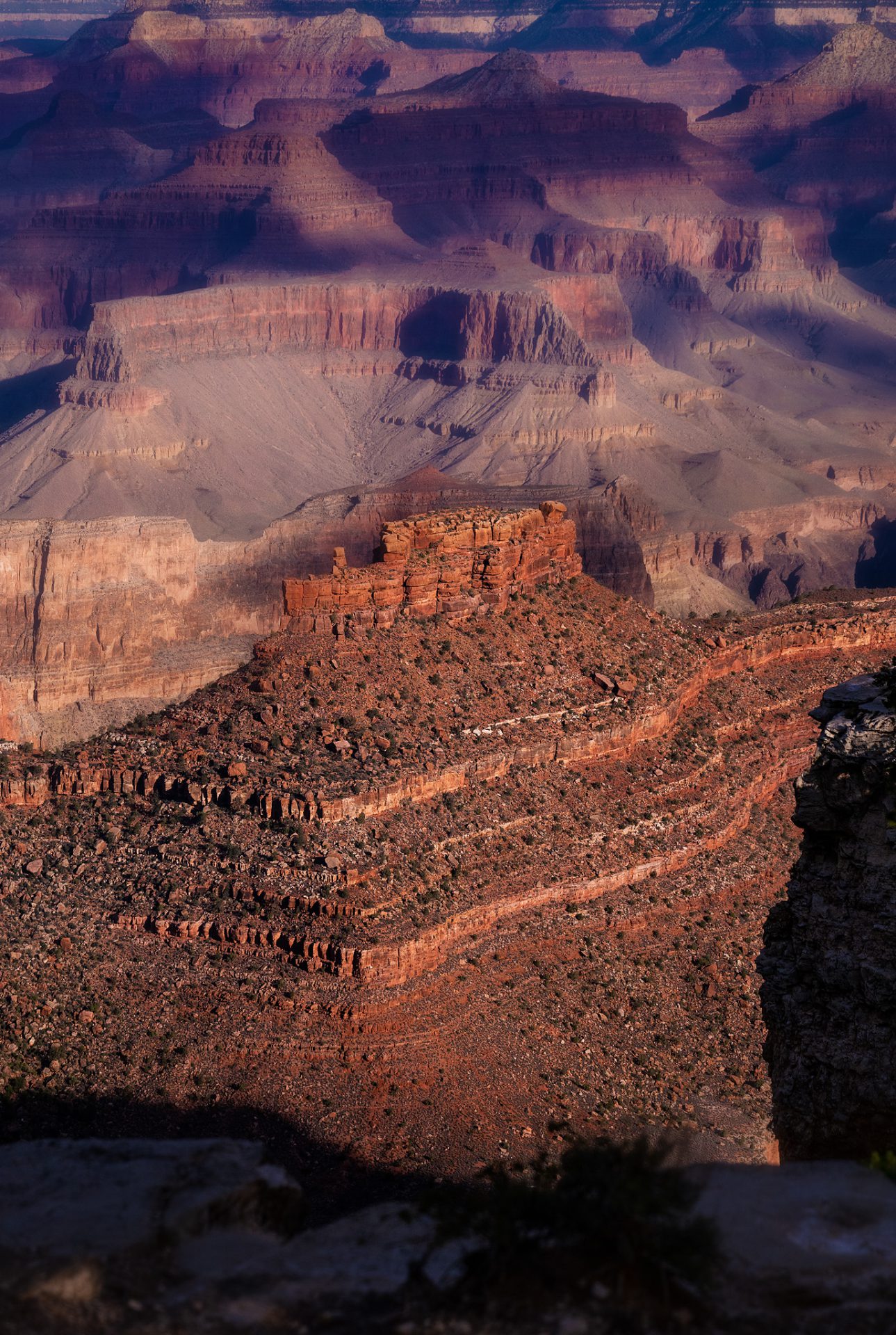
Conclusion: Beauty From Every Angle
No matter where you stand, the Grand Canyon will deliver stunning photos. Whether you’re at a crowded overlook or a hidden trail, every spot reveals a new perspective of this natural wonder. So grab your camera, and start capturing its timeless beauty!
